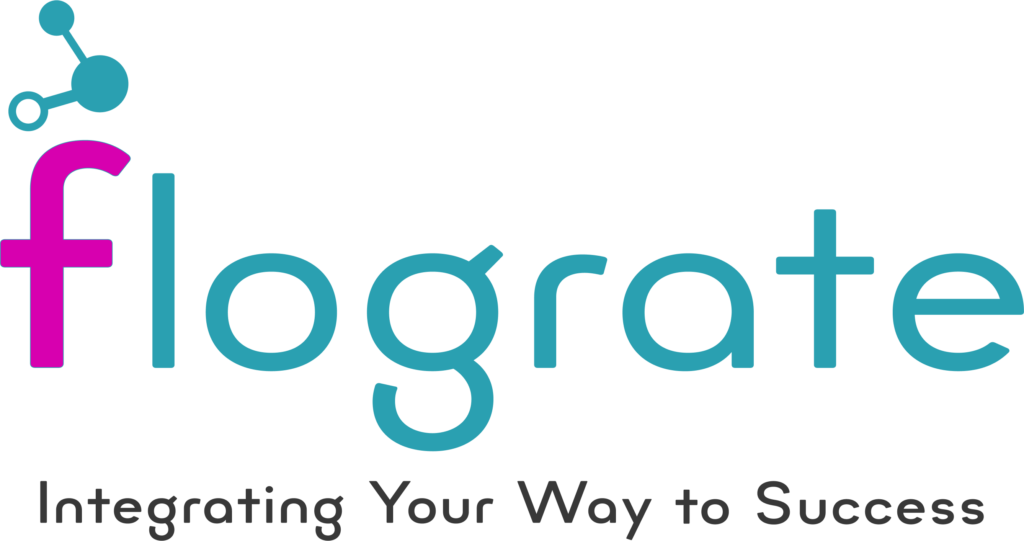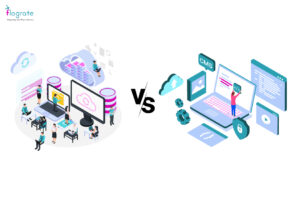In the modern business landscape, software solutions have become critical for operational efficiency, productivity, and growth. The digital transformation is driving businesses to adopt various software technologies that cater to their needs, whether through off-the-shelf software or custom-built solutions.
1. Importance of ROI in Software Selection
Return on Investment (ROI) is an essential metric for evaluating software solutions. In today’s competitive market, businesses must ensure that their software investments not only meet their immediate needs but also provide long-term value. When choosing between Software as a Service (SaaS) or custom software, understanding how each impacts ROI is crucial for making an informed decision.
2. Understanding SaaS (Software as a Service)
What is SaaS?
SaaS is a cloud-based software delivery model where applications are hosted and maintained by third-party providers. Businesses access these applications via the internet, typically through a subscription model.
Key Features of SaaS
- Cloud-based accessibility: Users can access the software anywhere, anytime, via an internet connection.
- Subscription-based pricing: Businesses pay a recurring fee for using the service, rather than purchasing it outright.
- Automatic updates: Providers handle software updates, ensuring businesses have access to the latest features and security patches.
- Scalability: SaaS applications can scale to accommodate growth without requiring significant infrastructure changes.
Common Examples of SaaS Solutions
- Google Workspace for collaboration
- Salesforce for customer relationship management
- Shopify for e-commerce
- Slack for team communication
3. Understanding Custom Software
What is Custom Software?
Custom software refers to applications specifically designed and developed to meet the unique needs of a particular business or organization. Unlike SaaS, custom software is tailored to match the exact requirements of the business’s processes, workflows, and goals.
Key Features of Custom Software
- Tailored functionality: Custom software is built to meet the specific needs of the business.
- Ownership and control: Businesses own the software, providing more control over features and security.
- Long-term investment: Although initially more costly, custom software can offer long-term benefits through increased efficiency and uniqueness.
Examples of Businesses Using Custom Solutions
- Netflix: Custom-built platforms for streaming content and user management.
- Uber: Tailored mobile apps and backend systems for seamless ride-sharing operations.
- Amazon: Custom logistics and e-commerce systems for handling massive transaction volumes.
4. Cost Comparison: SaaS vs. Custom Software
Initial Investment and Setup Costs
- SaaS: Lower upfront costs as businesses only pay for the subscription.
- Custom software: Higher initial development costs due to the need for specialized developers and infrastructure.
Subscription vs. One-Time Payment
- SaaS: Ongoing subscription costs, which can accumulate over time.
- Custom software: One-time development payment, but ongoing maintenance costs.
Maintenance and Upgrade Expenses
- SaaS: Maintenance is handled by the provider, but businesses are still required to pay for new features or services.
- Custom software: Businesses bear the responsibility for software updates and ongoing maintenance costs.
5. Implementation Time and Ease of Use
SaaS: Quick Setup and Minimal Downtime
SaaS applications are typically ready to use immediately, with minimal setup. This is ideal for businesses looking to minimize downtime during implementation.
Custom Software: Development Time and Complexity
Custom software requires a longer development cycle, as it must be tailored to the specific needs of the business. This can lead to longer wait times before the software is fully functional.
6. Customization and Scalability
SaaS: Limited Customization but Scalable
While SaaS solutions are often standardized, many offer customization options such as integrations with other platforms. Scalability is built into SaaS solutions, making them ideal for businesses that expect to grow quickly.
Custom Software: Fully Tailored to Business Needs
Custom software offers full flexibility in terms of design, functionality, and features. It can be built to match the exact needs of the business and scale as the business grows.
7. Security and Data Control
SaaS: Cloud-Based Security Risks
SaaS providers handle security but businesses must trust the provider’s ability to protect data. Security risks, such as data breaches, are a concern when using third-party cloud services.
Custom Software: Full Control Over Security Measures
With custom software, businesses have complete control over security protocols and data management, which can mitigate potential risks.
8. Performance and Integration
SaaS: Standardized Performance and Third-Party Integrations
SaaS solutions generally offer standardized performance across users. Integrating with third-party tools is possible but may be limited based on the provider’s API capabilities.
Custom Software: Optimized for Specific Business Operations
Custom software is built with specific business needs in mind, allowing it to be optimized for superior performance and seamless integration with internal systems.
9. Maintenance and Support
SaaS: Vendor-Provided Updates and Support
SaaS providers typically offer 24/7 support and handle all updates and bug fixes, ensuring minimal effort on the business’s part for troubleshooting.
Custom Software: Internal or Third-Party Maintenance Required
Custom software requires businesses to either manage internal teams for maintenance or outsource to third-party services, which may incur additional costs.
10. Flexibility and Future-Proofing
SaaS: Adapting to Industry Changes
SaaS providers regularly update their platforms to keep up with industry trends. While adaptable, businesses are dependent on the provider’s ability to respond to future changes.
Custom Software: Long-Term Adaptability and Updates
Custom software offers greater flexibility for adapting to changing business needs. However, it requires a proactive approach to ensure updates align with business growth and evolving technology.
11. ROI Calculation for SaaS vs. Custom Software
Factors Affecting ROI
- Implementation speed: SaaS often has quicker implementation, leading to faster ROI.
- Maintenance costs: Custom software may involve higher maintenance but can provide long-term savings by removing subscription fees.
- Scalability: SaaS provides scalable solutions with predictable costs, while custom software scales based on the business’s individual needs.
Industry-Specific ROI Considerations
- Small businesses: SaaS may offer a faster return on investment due to lower upfront costs.
- Large enterprises: Custom software may provide more long-term ROI as it can be optimized for specific, large-scale business operations.
12. Case Studies: Real-World Examples
Successful SaaS Implementations
- Slack: Revolutionized communication for businesses by offering a user-friendly, scalable solution that integrates with a variety of tools.
- Dropbox: Enabled businesses to store and share data with seamless accessibility, increasing productivity and collaboration.
Custom Software Success Stories
- Tesla: Uses custom software to manage and analyze vast amounts of data from their vehicles, enhancing product development and user experience.
- Airbnb: Custom software allows Airbnb to optimize property listings, payments, and customer experiences across the globe.
13. Key Considerations Before Choosing
Business Size and Needs
Small businesses may benefit more from SaaS due to its low cost and quick implementation. Larger enterprises with more complex needs might prefer custom software for its flexibility and scalability.
Budget and Growth Plans
Consider long-term budget plans. SaaS may be more affordable initially, but custom software can provide better ROI if the business has specific needs that evolve over time.
Long-Term Vision
Businesses with ambitious plans for growth or unique requirements should consider custom software for greater adaptability in the future.
14. Future Trends in Business Software
AI and Automation in SaaS
The integration of AI and automation into SaaS solutions is increasing, enhancing efficiency and data analysis capabilities for businesses.
Custom Software Innovations
As businesses seek more personalized experiences, custom software solutions are incorporating advanced technologies like machine learning and blockchain to offer more sophisticated functionalities.
Conclusion: Which One Offers Better ROI in 2025?
Summary of Key Points
SaaS solutions provide cost-effective, quick-to-deploy options with minimal maintenance needs, making them ideal for small and growing businesses. On the other hand, custom software offers unparalleled customization and long-term scalability, making it a powerful investment for larger businesses with specific needs.
Final Recommendations
In 2025, the choice between SaaS and custom software ultimately depends on your business’s size, goals, and budget. If you need flexibility and have specific, evolving requirements, custom software might offer better ROI. For businesses seeking speed, cost-effectiveness, and scalability, SaaS remains a solid option for immediate and ongoing benefits.


